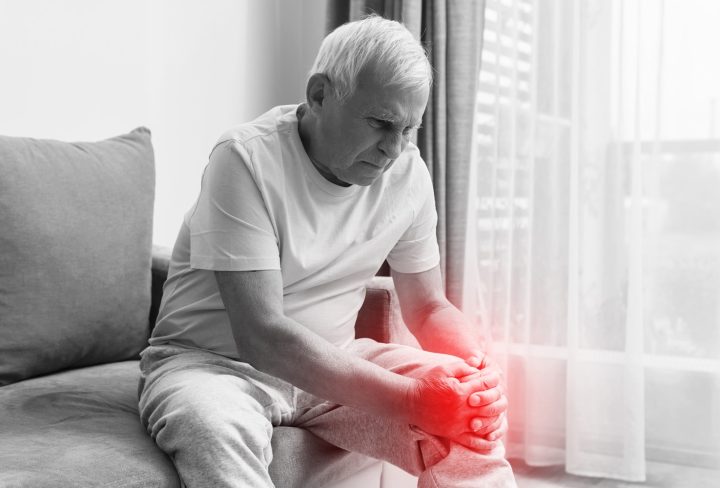Introduction: Infectious arthritis, also known as septic arthritis, is a condition where harmful germs invade our joints, causing pain and inflammation. It’s important to understand this condition, its causes, symptoms, diagnosis, and treatment options. In this blog, we will explore infectious arthritis and provide you with easy-to-understand information.
What is Infectious Arthritis?
- Infectious arthritis happens when germs like bacteria, viruses, or fungi get inside our joints and cause inflammation.
- Common sites for infectious arthritis are knees, hips, shoulders, and fingers.
Causes and Risk Factors:
- Bacterial Infections: Bacteria are the most common cause of infectious arthritis. They can enter the joint through injury, surgery, bloodstream, or nearby infections.
- Viral and Fungal Infections: Although less common, viral and fungal infections can also lead to infectious arthritis.
- Risk Factors: Weakened immune system, chronic illnesses like diabetes, joint injuries, or prosthetic joints increase the risk of developing infectious arthritis.
Recognizing the Symptoms:
- Joint Pain: The affected joint will hurt a lot and might feel tender, swollen, and warm.
- Restricted Movement: You may have stiffness and difficulty moving the affected joint.
- Systemic Symptoms: Sometimes, you may also experience fever, chills, fatigue, and overall discomfort.
Diagnosis and Medical Evaluation:
- Physical Examination: The doctor will check the affected joint for signs of inflammation, tenderness, and reduced motion.
- Joint Fluid Analysis: Fluid from the affected joint might be tested to identify the type of infection.
- Blood Tests: Blood tests help determine the presence of infection markers and assist in diagnosing infectious arthritis.
Treatment Options:
- Antibiotics: If the cause is bacterial, antibiotics are the main treatment. The type of antibiotic prescribed depends on the bacteria causing the infection.
- Antifungals and Antivirals: For fungal or viral causes, antifungal or antiviral medications may be prescribed.
- Joint Aspiration: To relieve pain and reduce inflammation, the doctor may drain excess fluid from the affected joint.
- Supportive Care: Resting the joint, applying ice packs, and taking pain-relieving medications can help manage symptoms.
Prevention and Prognosis:
- Hygiene Practices: Practicing good hygiene, like washing hands regularly and taking care of wounds, reduces the risk of infectious arthritis.
- Timely Treatment: Seeking medical attention promptly for joint infections or injuries helps prevent germs from spreading to the joints.
- Prognosis: With early diagnosis and proper treatment, most cases of infectious arthritis can be successfully treated, minimizing joint damage and improving overall outcomes.
Understanding infectious arthritis is important for recognizing its symptoms, seeking early medical attention, and starting appropriate treatment. If you experience joint pain, swelling, or limited mobility, it’s crucial to consult a healthcare professional for an accurate diagnosis and timely treatment. By being aware of the causes, symptoms, and available treatment options, we can protect our joints from harmful germs and maintain healthy, pain-free lives.

